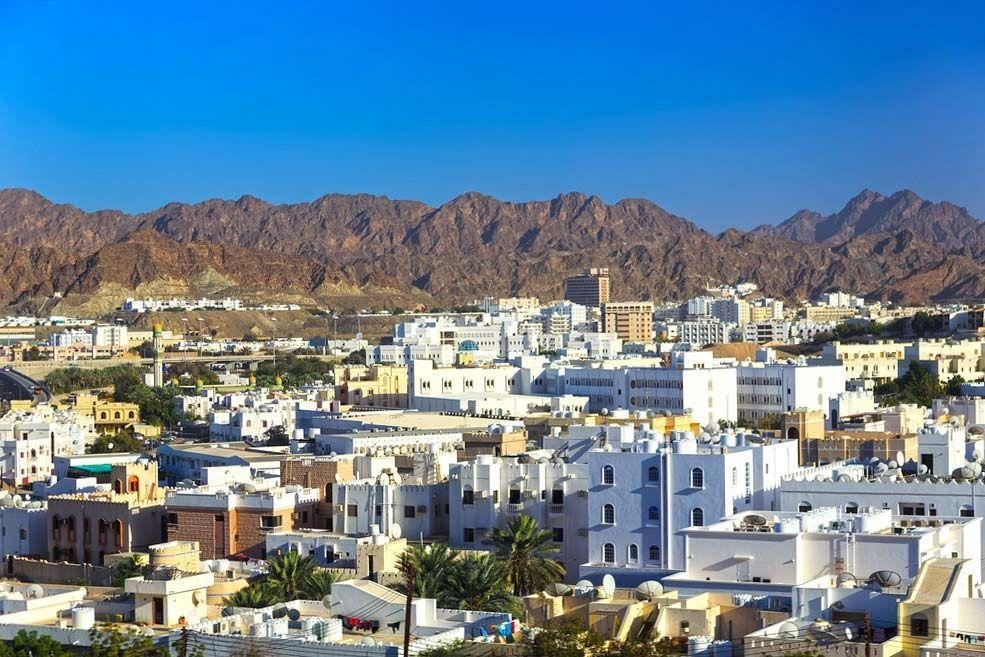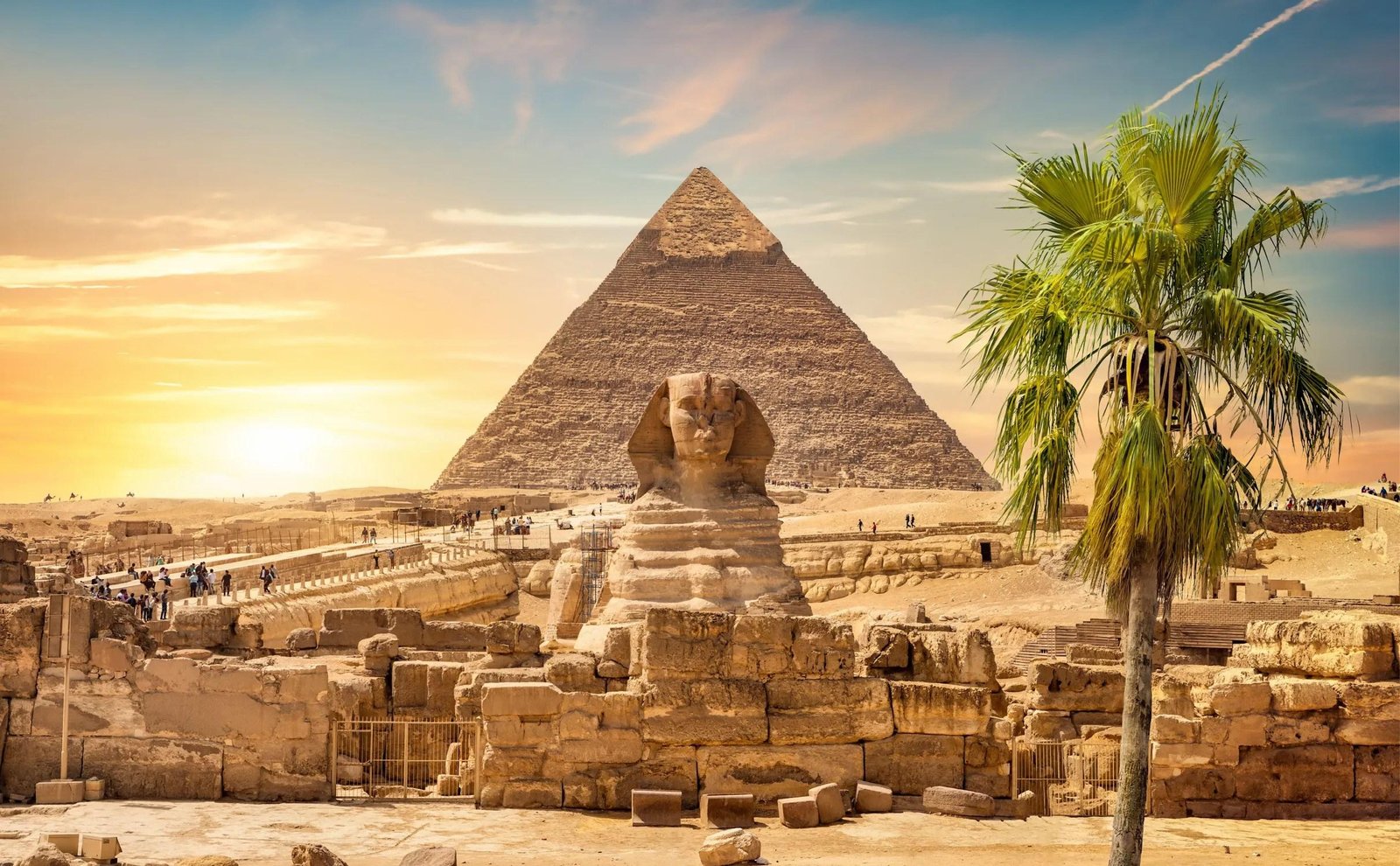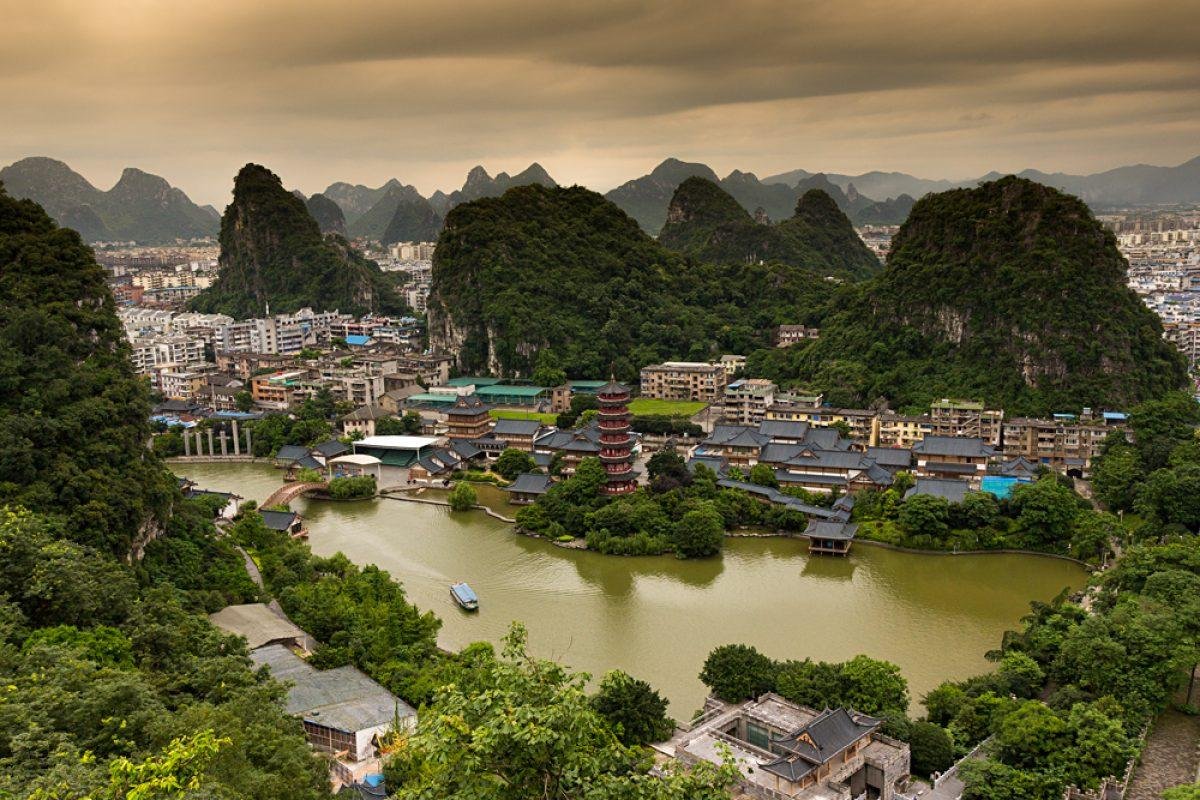Muscat, the capital city of Oman, is a captivating blend of traditional Arabian architecture and modern design, reflecti...
The Architectural Diversity of San Francisco
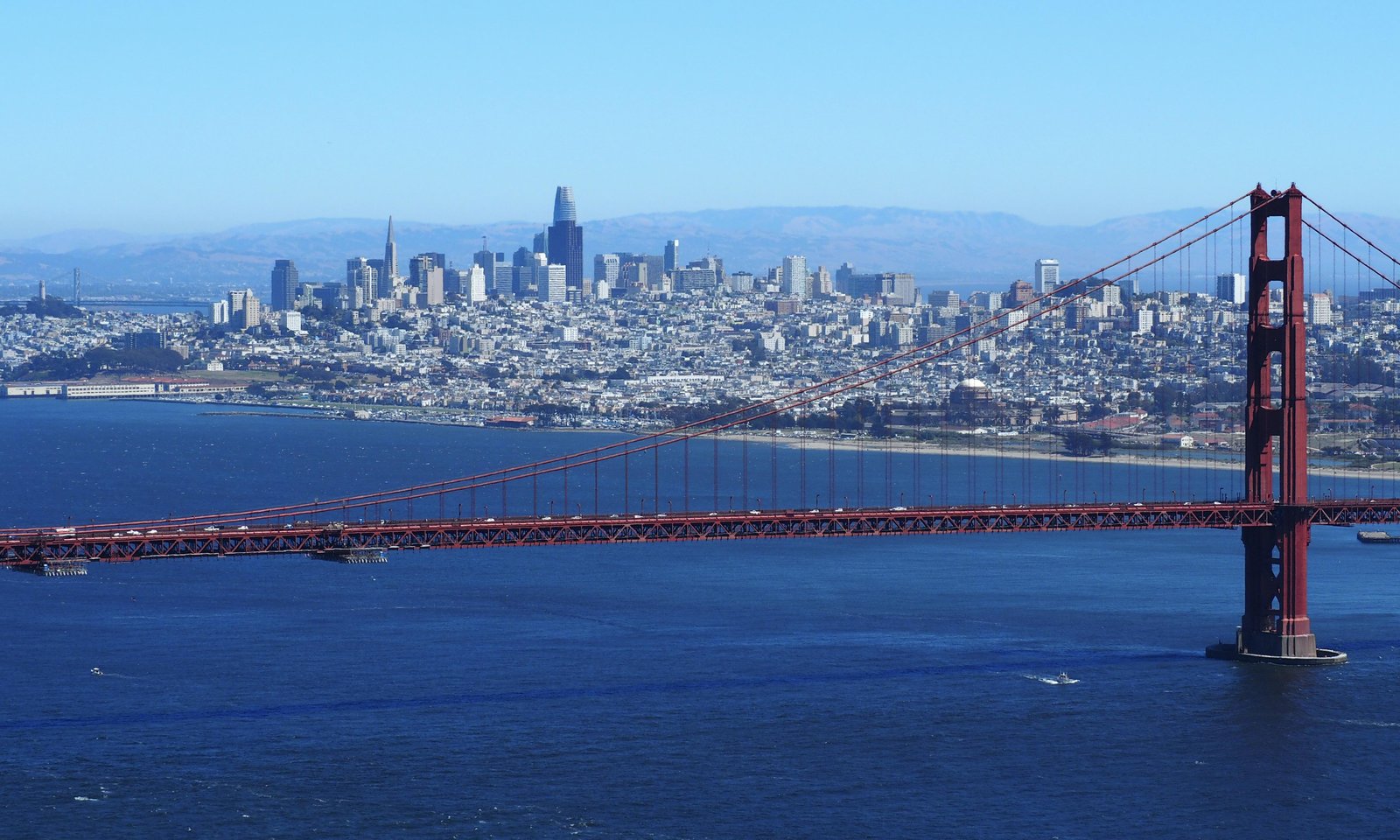
San Francisco, California, is a city renowned for its stunning skyline and diverse architectural styles. Nestled between the Pacific Ocean and the San Francisco Bay, the city boasts a unique blend of Victorian, modern, and international designs that reflect its rich history and cultural evolution.
One of the most iconic architectural features of San Francisco is the Painted Ladies, a row of Victorian houses located across from Alamo Square. These colorful houses, built in the late 19th century, exemplify the ornate details and intricate craftsmanship of the Victorian era. Their picturesque charm, set against the backdrop of the city skyline, has made them a beloved symbol of San Francisco.
Another notable structure is the Golden Gate Bridge, an engineering marvel completed in 1937. This suspension bridge, with its striking International Orange color, spans approximately 1.7 miles and connects San Francisco to Marin County. The bridge's Art Deco design and breathtaking views make it a must-see attraction for visitors and locals alike.
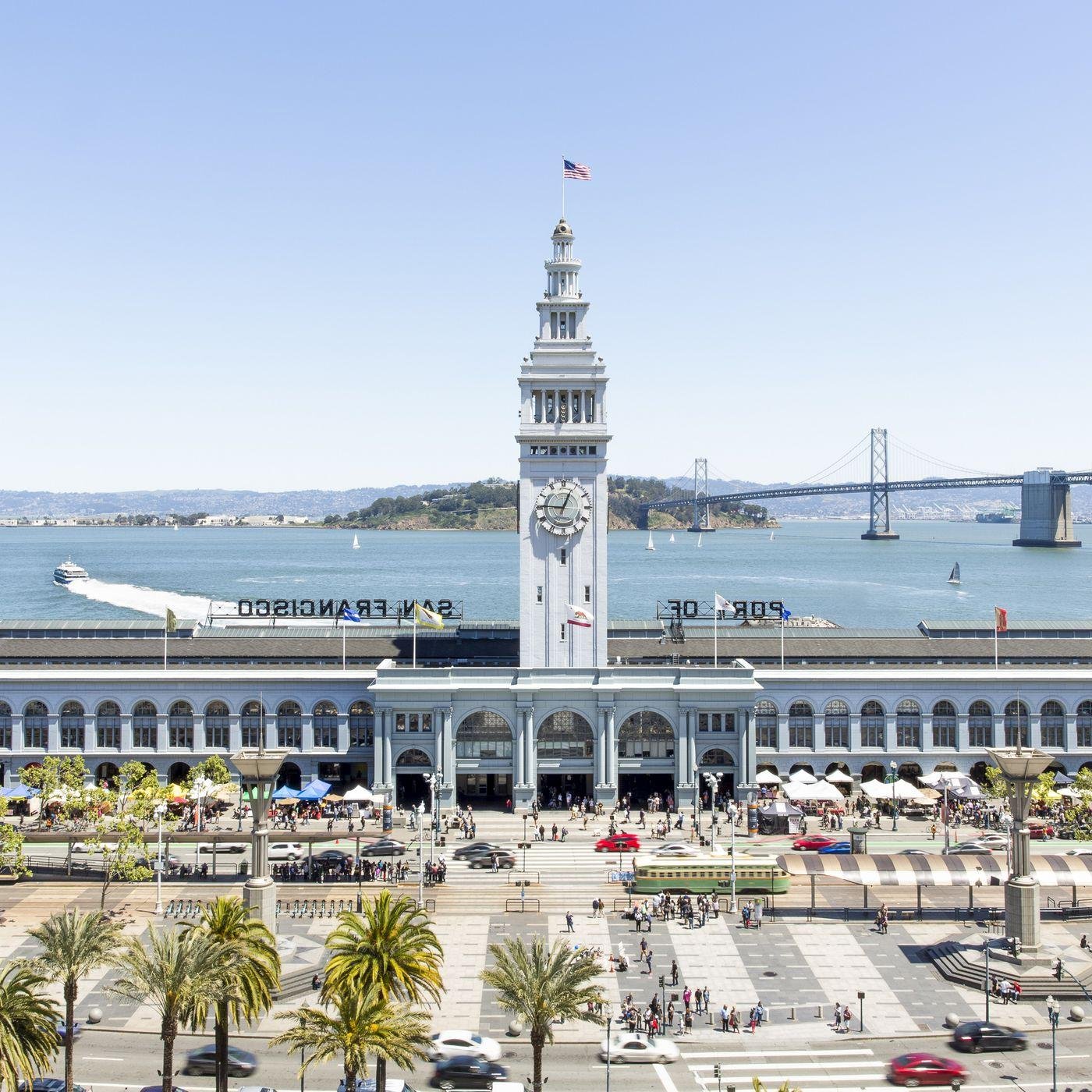
The city is also home to a wealth of historic buildings, including the Ferry Building Marketplace. Originally constructed in 1898, this Beaux-Arts structure features a prominent clock tower and houses a bustling marketplace filled with local vendors and artisanal goods. The Ferry Building's restoration has preserved its historic charm while creating a vibrant hub for food lovers and shoppers.
The Transamerica Pyramid, completed in 1972, is another distinctive landmark in San Francisco's skyline. This modernist skyscraper stands at 853 feet and is known for its unique triangular shape and glass-clad façade. As one of the tallest buildings in the city, the Transamerica Pyramid has become an iconic symbol of San Francisco's financial district.
San Francisco's architectural landscape is further enriched by its many churches and cathedrals. Grace Cathedral, an Episcopal cathedral located in Nob Hill, is a stunning example of Gothic Revival architecture. Its intricate facade, beautiful stained glass windows, and serene interior make it a peaceful retreat in the bustling city. The cathedral also features a replica of the famous labyrinth from Chartres Cathedral, providing visitors with a space for reflection and contemplation.
The city’s historic Chinatown, one of the oldest and largest in North America, is another architectural treasure. The Dragon Gate, located at the entrance, welcomes visitors with its ornate design and traditional Chinese motifs. The narrow streets of Chinatown are lined with colorful storefronts, temples, and residential buildings that reflect the rich cultural heritage of the Chinese community in San Francisco.
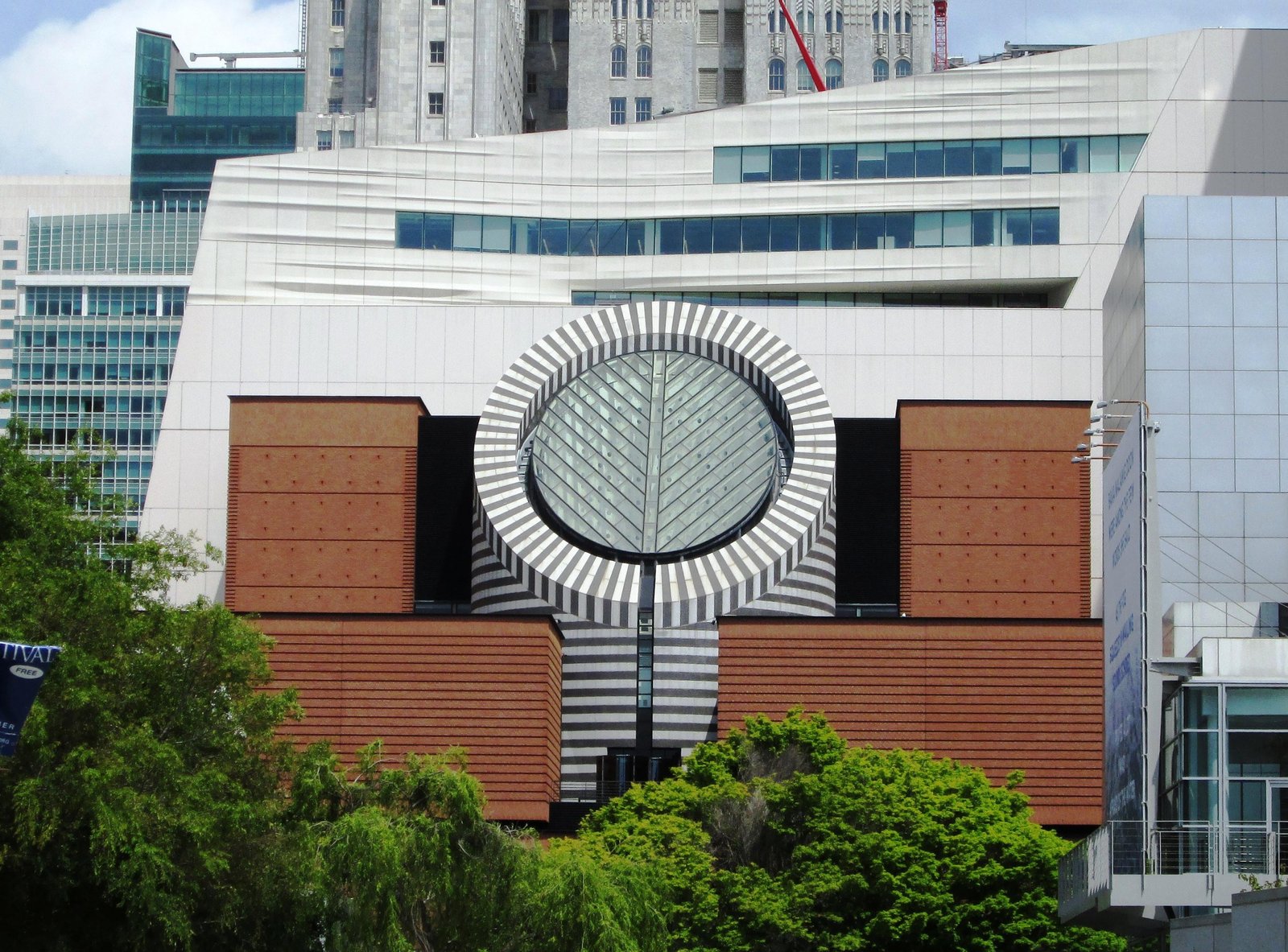
In addition to its historic buildings, San Francisco is known for its innovative contemporary architecture. The San Francisco Museum of Modern Art (SFMOMA), redesigned by architect Snøhetta, features a striking expansion that integrates seamlessly with the existing structure. The museum’s bold design and expansive galleries showcase a diverse collection of modern and contemporary art, making it a cultural landmark in the city.
The Exploratorium, situated at Pier 15, is another example of modern architectural ingenuity. This interactive science museum, designed by EHDD Architecture, features a sleek, modern design that emphasizes natural light and sustainability. The museum’s waterfront location provides stunning views of the Bay, creating an inspiring environment for learning and exploration.

San Francisco's commitment to sustainability is evident in its eco-friendly buildings, such as the Salesforce Tower. Completed in 2018, this skyscraper is designed to meet high environmental standards and features innovative technology to reduce energy consumption. The tower's sleek design and prominent presence in the skyline symbolize the city’s dedication to green architecture and urban sustainability.
The city also embraces public art, with numerous installations and murals scattered throughout its neighborhoods. The Mission District, known for its vibrant street art scene, features colorful murals that reflect the community's cultural identity and history. These works of art enhance the architectural landscape, transforming buildings into canvases that tell the stories of the people who live and work in San Francisco.
As visitors explore San Francisco, they will encounter a variety of charming neighborhoods, each with its own unique architectural character. North Beach, known for its Italian heritage, features a mix of historic buildings, cafes, and restaurants. The area’s architecture reflects its cultural roots, with many structures showcasing Mediterranean influences.
The Haight-Ashbury district, famous for its role in the counterculture movement of the 1960s, is characterized by its Victorian and Edwardian homes. The colorful facades and eclectic styles of the houses in this neighborhood capture the spirit of creativity and individuality that defines San Francisco.
The culinary scene in San Francisco is also intertwined with its architectural identity. Many restaurants and cafes are housed in beautifully restored historic buildings, offering diners a unique atmosphere that complements their culinary journeys. From Michelin-starred establishments to casual eateries, the city’s diverse culinary offerings reflect its multicultural heritage.
As San Francisco continues to evolve, urban regeneration projects aim to revitalize neglected areas while preserving the city’s architectural heritage. Efforts to enhance walkability, promote public transportation, and integrate modern design with historical context reflect San Francisco’s commitment to sustainable urban development. These initiatives ensure that the city remains a vibrant and livable place, balancing its rich history with contemporary needs.

The architectural essence of San Francisco is also reflected in its numerous monuments and memorials. The Holocaust Memorial, located in the city’s Civic Center, serves as a poignant reminder of the atrocities of the past. This solemn site encourages reflection and honors the memory of those who suffered, highlighting the role of architecture in shaping collective memory and identity.
In conclusion, San Francisco is a city where architecture serves as a reflection of its rich history, cultural diversity, and aspirations for the future. The harmonious blend of Victorian, modernist, and contemporary designs creates a captivating urban environment that enchants all who visit San Francisco.
Share:

